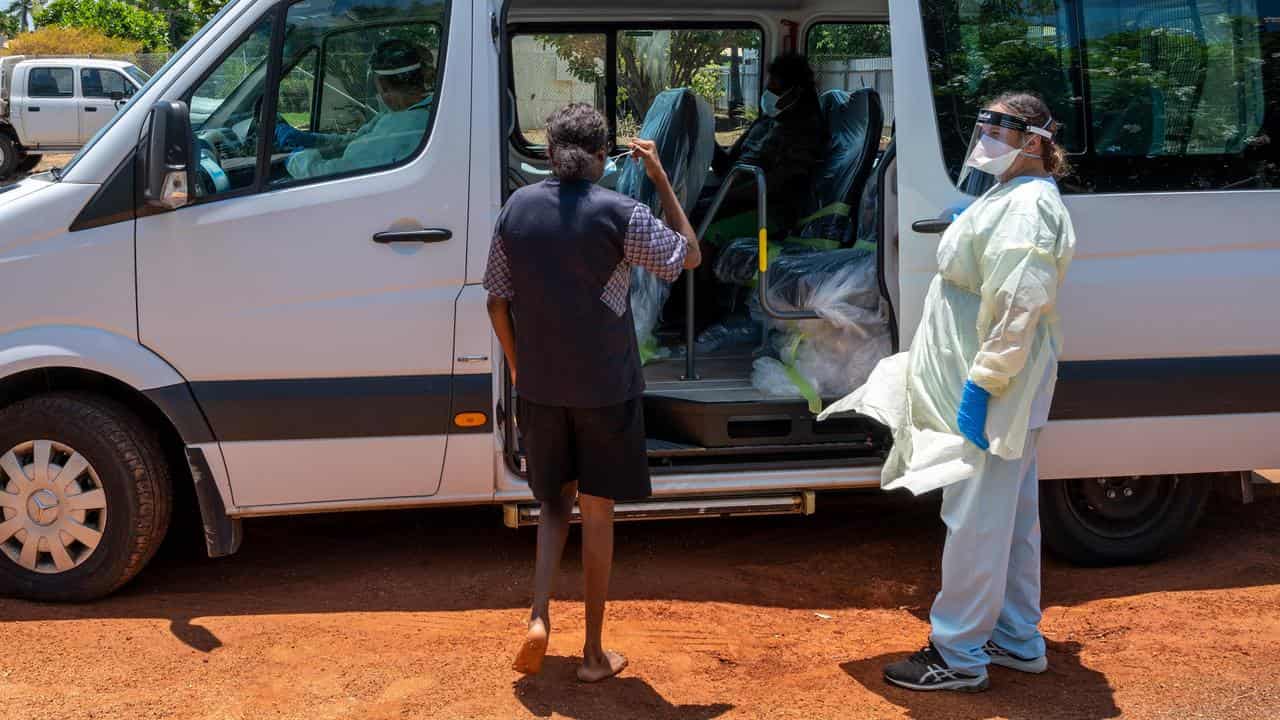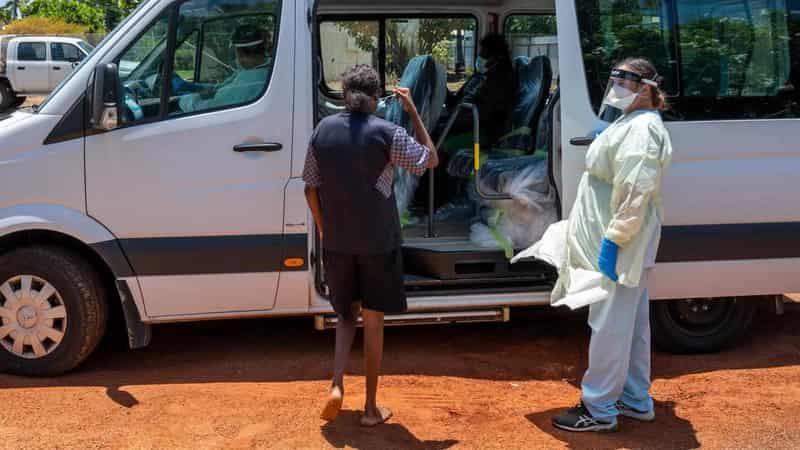
Employing more Indigenous health workers in remote communities could reduce the high staff turnover and improve the quality of care delivered to patients, a study has found.
The Menzies School of Health Research says the average employee turnover rate in Aboriginal Community Controlled Health Service clinics in regional and remote Northern Territory and Western Australia is 151 per cent a year.
Researchers found the turnover of Aboriginal staff was half that of non-Aboriginal staff, suggesting that hiring local staff could lead to greater stability.
Population health expert Prabhakar Veginadu says turnover is very high in regional centres and "extraordinarily" high in remote Aboriginal health services.
“Increased employment of local Aboriginal people could help improve the stability of the remote health workforce whilst simultaneously improving cultural safety for patients," he said on Thursday.
"Aboriginal people bring a strong understanding of local culture and context."
Dr Veginadu said boosting the Aboriginal healthcare workforce would require more support, expanded on-country training opportunities and improved career pathways.
Reducing staff turnover enhanced the quality of care, preserved valuable local knowledge, fostered trusting relationships between patients and their healthcare providers, and improved the cultural safety of care, the study said.
The researchers also found staff turnover increased with remoteness, making the already high cost of service delivery in these communities even more expensive.
Aboriginal Community Controlled Health Service clinics have been forced to increasingly rely on short-term agency and locum staff.
The high staff turnover also results in costly and time-consuming recruitment processes and orientation of new staff.
Current primary healthcare funding models did not adequately fund remote Aboriginal Community Controlled Health Service clinics for these higher costs, the researchers said.
The study said there was an urgent need for more needs-based funding.
The researchers used payroll data from 11 of the 39 Aboriginal health services in WA and the NT to measure annual staff turnover and stability rates between 2017 and 2019.
The participating health services provide care to about 63,500 Aboriginal people living in 30 communities.
This research is part of a larger program analysing the health and cost impacts of short-term staffing in Aboriginal primary healthcare services.
The study was published in Human Resources for Health.









